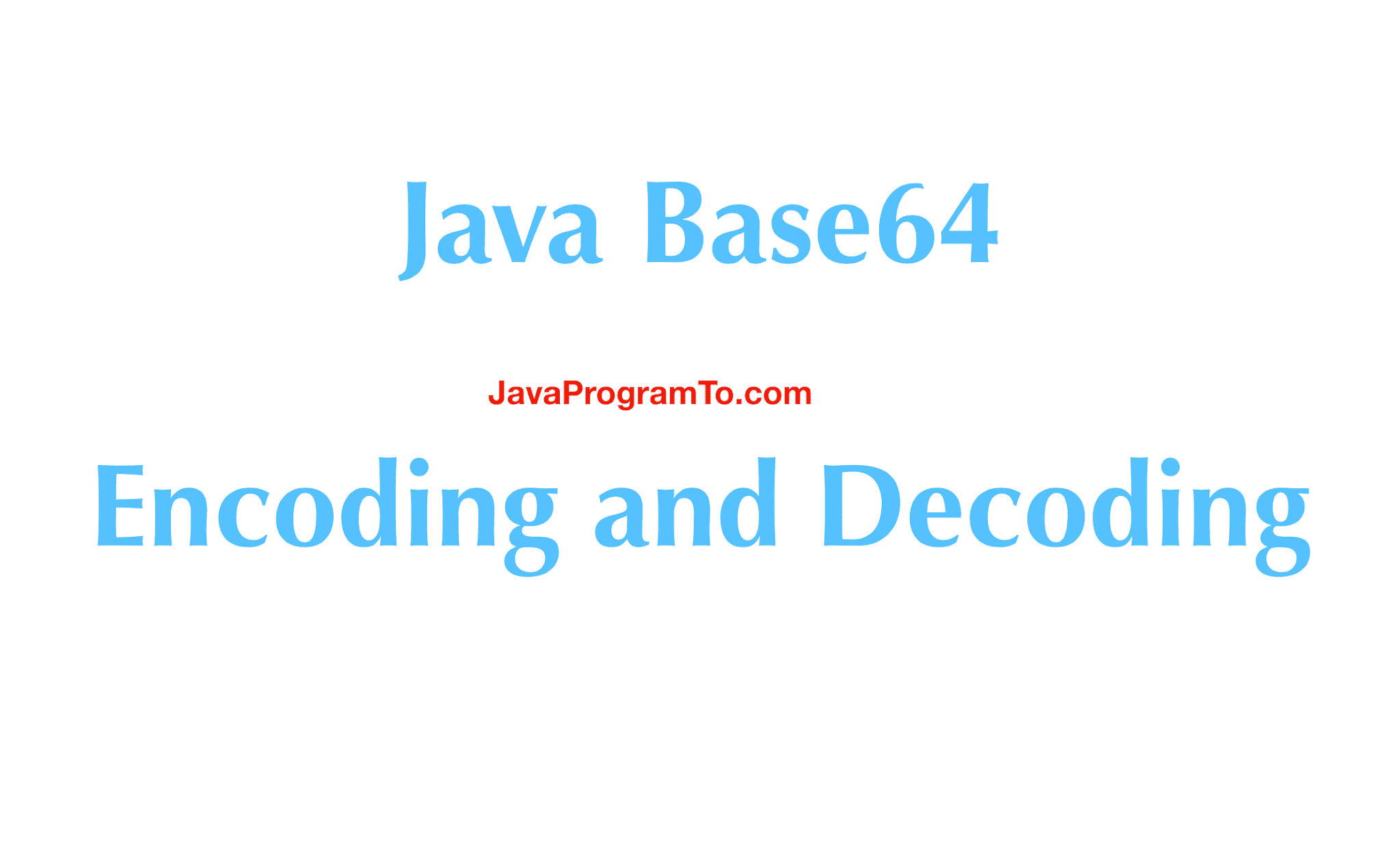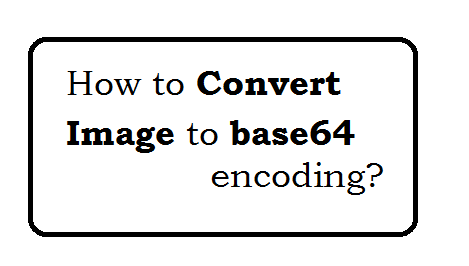
Currently, this mode supports only the UTF-8 character set.Īll communications with our servers come through secure SSL encrypted connections (https). Live mode: When you turn on this option the entered data is decoded immediately with your browser's built-in JavaScript functions, without sending any information to our servers.This option is useful if you intend to decode multiple independent data entries that are separated by line breaks. Prior to decoding, all non-encoded whitespaces are stripped from the input to safeguard the input's integrity. Decode each line separately: The encoded data usually consists of continuous text, so even newline characters are converted into their Base64-encoded forms.Note that this is irrelevant for files since no web-safe conversions need to be applied to them. This information is used to convert the decoded data to our website's character set so that all letters and symbols can be displayed properly. It is usually UTF-8, but can be many others if you are not sure then play with the available options or try the auto-detect option. Character set: In case of textual data, the encoding scheme does not contain the character set, so you have to specify which character set was used during the encoding process.Base64 is used commonly in a number of applications including email via MIME, as well as storing complex data in XML or JSON. This encoding helps to ensure that the data remains intact without modification during transport. Base64 encode your data without hassles or decode it into a human-readable format.īase64 encoding schemes are commonly used when there is a need to encode binary data, especially when that data needs to be stored and transferred over media that are designed to deal with text. SQL>SELECT UTL_RAW.CAST_TO_VARCHAR2('41424344') FROM dual Ĭonclusion: So if we want to get encoded value as text instead of Hex we can use UTL_RAW.CAST_TO_VARCHAR2 which simply converts Hex to varchar2.Meet Base64 Decode and Encode, a simple online tool that does exactly what it says: decodes from Base64 encoding as well as encodes into it quickly and easily. Now in order to get my text back to original text 'ABCD', lets decode it. SQL>SELECT UTL_RAW.CAST_TO_RAW('QUJDRA=') FROM dual If we convert the ASCII value of these text into hex we get the encoded string returned by Base64 encoding. In order to get encoded string as text instead of RAW we can cast it to VARCHAR2. (Adds '=' sign to output text as we added 0s to make it 6bits)ĥ) Decimal representation of 6 bits representation of text.Ġ10000->16 010100->20 001001->9 000011->3 010001->17 000000->0Ħ) Now lets select from base64 characters(A-Z,a-z,0-9,+,/ altogether 64 characters:0-63) according to the decimal values.īut Oracle Base64 encoding returns this text as RAW(Hex Values). Let me explain how we have got this values according the encoding steps that i have mentioned above.ģ) Binary representation of text grouped by bytes.Ĥ1->01000001 42->01000010 43->01000011 44->01000100Ĥ) Bit representation of text grouped by 6 bits. SQL> SELECT UTL_ENCODE.BASE64_ENCODE('41424344') FROM dual In Oracle we have got UTL_ENCODE package to encode it, which takes RAW and returns encoded value as RAW. We have got the hex values of 'ABCD' that is '41424344'.Ģ) Lets encode this hex using Base64.

SQL> SELECT UTL_RAW.CAST_TO_RAW('ABCD') FROM dual Lets say we want to encode the text 'ABCD'.ġ) Lets convert this to RAW data which is hexadecimal values.

Now i want to show this practically and also want to shows how the Oracle's Base64 encoding returns RAW value. So bit should be represented as 6 bits string.ĥ) Then these 6 bits string will be converted to decimal number.Ħ) Then it selects the ascii characters(A-Z,a-z,0-1,+ and /) according to the decimal number calculated in step 4.

#SUPERAGENT BASE64 ENCODING 32 BIT#
That is, it takes 24 bits of data and returns as 32 bit encoded characters. First of all I would like to tell how the Base64 works as general.Ģ) Converts it to Hexadecimal values(Decimal to Hex conversion).ģ) Represents the text in bits(groups as byte).Ĥ) Since the Base64 takes three bytes of data. It order to understand your problem and to simulate it I have generated one scenario.


 0 kommentar(er)
0 kommentar(er)
